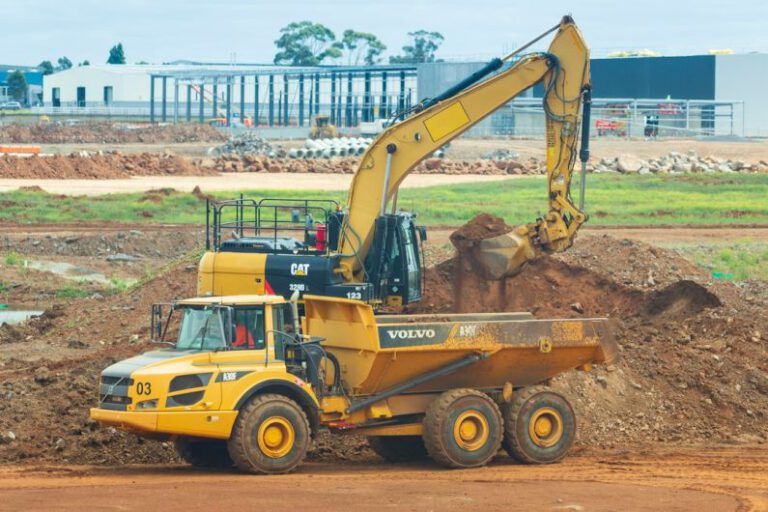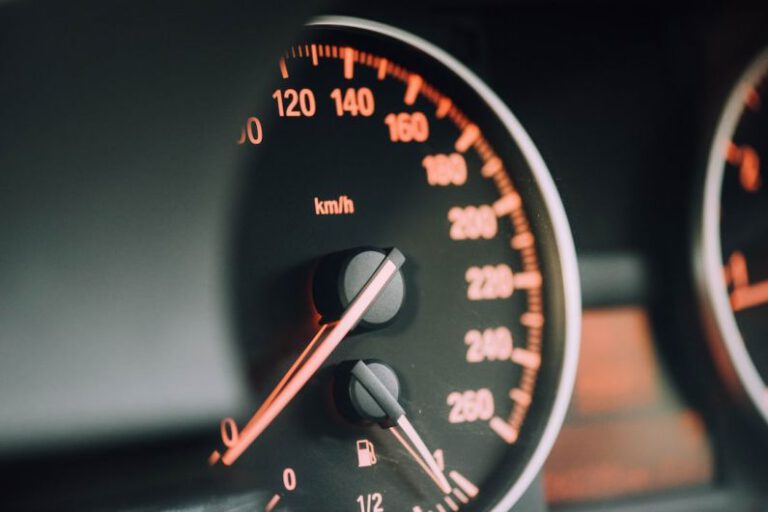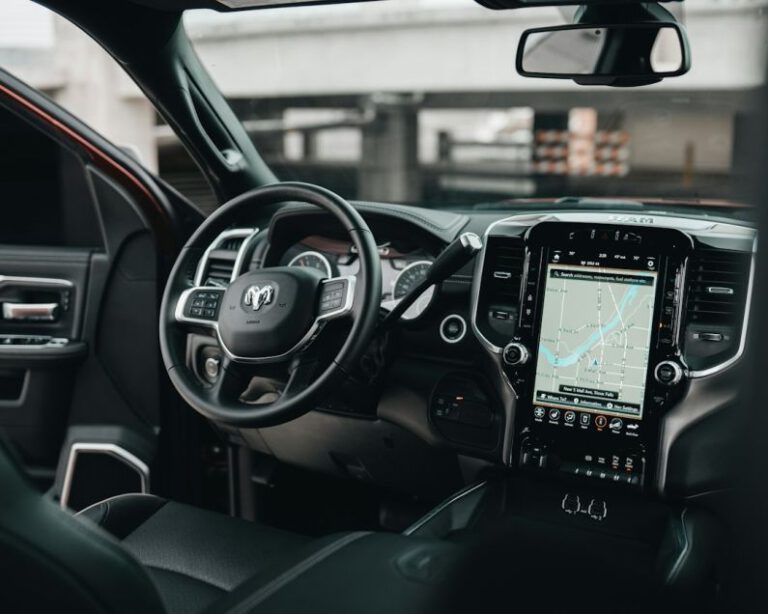What Are the Best Practices for Eco-friendly Driving?
Driving is an essential part of our daily lives, but it also contributes to air pollution and climate change. As the world becomes increasingly aware of the need to reduce our carbon footprint, eco-friendly driving practices are gaining traction. By adopting these practices, we can reduce our impact on the environment and promote a more sustainable future. In this article, we will explore some of the best practices for eco-friendly driving.
Maintain Your Vehicle Regularly
Regular vehicle maintenance is crucial for eco-friendly driving. A well-maintained vehicle not only performs better but also emits fewer pollutants. It is important to keep your engine tuned, check tire pressure regularly, and change the oil and air filters as recommended by the manufacturer. By doing so, you can ensure that your vehicle is running efficiently, which in turn reduces fuel consumption and emissions.
Drive Smoothly and Avoid Rapid Acceleration
Aggressive driving habits, such as rapid acceleration and hard braking, not only increase the risk of accidents but also waste fuel. By adopting a more relaxed and smooth driving style, you can improve fuel efficiency and reduce emissions. Accelerate gradually, maintain a steady speed, and anticipate traffic flow to avoid unnecessary stops and starts. By doing so, you can not only save fuel but also reduce wear and tear on your vehicle.
Reduce Idle Time
Idling your vehicle for extended periods of time is not only wasteful but also harmful to the environment. Whether you are waiting for someone or stuck in traffic, it is best to turn off the engine if you anticipate a long wait. Idling for more than 10 seconds uses more fuel than restarting the engine. By reducing idle time, you can save fuel and reduce emissions.
Avoid Unnecessary Weight
The more weight your vehicle carries, the more fuel it consumes. Remove any unnecessary items from your trunk or roof rack to reduce the weight of your vehicle. Additionally, avoid carrying excessive amounts of fuel as it adds unnecessary weight. By reducing the weight of your vehicle, you can improve fuel efficiency and reduce emissions.
Plan Your Trips Efficiently
Proper trip planning can help you minimize the distance traveled and avoid unnecessary driving. Combine multiple errands into a single trip to reduce mileage and save fuel. By planning your trips efficiently, you can not only save time but also contribute to a greener environment.
Use Cruise Control on Highways
Using cruise control on highways can help you maintain a steady speed and improve fuel efficiency. By eliminating unnecessary speed fluctuations, cruise control can optimize fuel consumption and reduce emissions. However, it is important to note that cruise control is not suitable for all driving conditions, such as heavy traffic or hilly terrain.
Consider Alternative Transportation
In some cases, it may be more eco-friendly to use alternative modes of transportation instead of driving. Public transportation, carpooling, biking, or walking are all great alternatives that can help reduce your carbon footprint. By choosing these options when possible, you can contribute to a cleaner and more sustainable environment.
In conclusion, adopting eco-friendly driving practices is essential for reducing our impact on the environment. By maintaining our vehicles regularly, driving smoothly, reducing idle time, avoiding unnecessary weight, planning our trips efficiently, using cruise control on highways, and considering alternative transportation options, we can make a significant difference in promoting a more sustainable future. Let’s all do our part to drive green and protect our planet for future generations.






